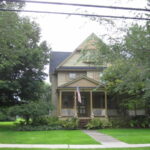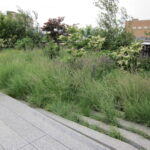
After months of lake-effect snow and freezing temps, we are more than ready to welcome spring — and so are our lawns. These spring lawn care tips for Buffalo will help get your turf back on track for a lush, green summer.
If you already have grass in place, wait until the ground is dry and no snow is in the forecast before you start mowing or fertilizing. For new lawns, it’s best to hold off until mid-April or consider waiting until fall, which offers more stable conditions for seeding.
OK, here are those spring lawn care tips to get your Buffalo lawn ready for the growth season.
1. Aerate to Relieve Compacted Soil
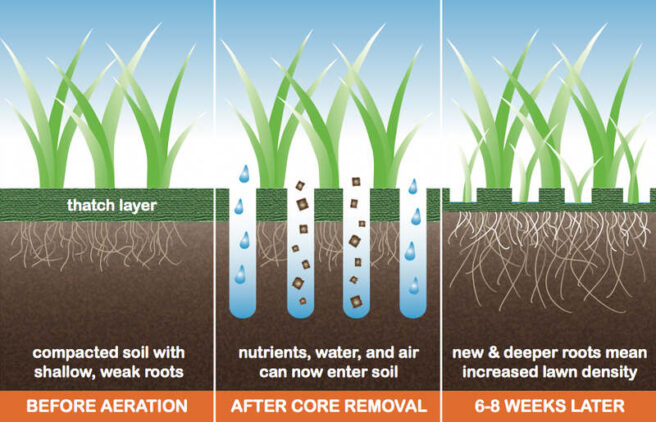
Compacted soil can make it difficult for grass roots to absorb needed nutrients, but aeration helps relieve this issue.
Core aeration, creating small holes in your soil, is the most popular method of aeration, but to do this yourself you likely will need to rent an aerator. You also can hire a Buffalo lawn care pro to aerate your lawn.
See Related:
— How to Tell You Have Compacted Soil
— How to Fix Compacted Soil
— What is Core Aeration?
— How to Aerate a Lawn
2. Tune Up Your Mower
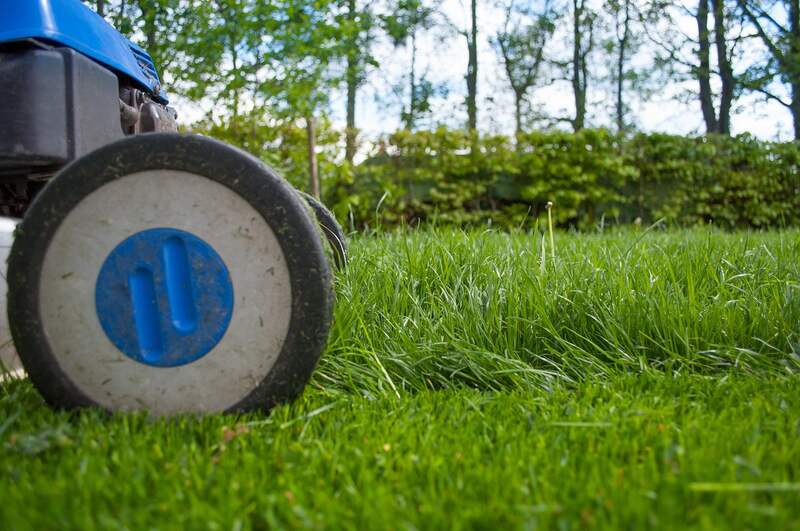
Before mowing season begins, consider getting a tune-up for your lawn mower. A well-maintained mower with sharp blades not only runs more efficiently but also helps keep your lawn healthier.
Dull blades can shred grass blades instead of cutting them cleanly, which leads to browning and makes your lawn more vulnerable to disease. Plus, a neglected mower can burn up to 20% more fuel, costing you more in the long run.
Check the oil, replace the air filter if needed, and sharpen your lawn mower’s blades so you’re ready to go as soon as your lawn needs its first trim.
See Related:
— How to Sharpen Lawn Mower Blades
— How Often Should You Sharpen Lawn Mower Blades?
— DIY Lawn Mower Maintenance Guide
3. Overseed Bare Spots
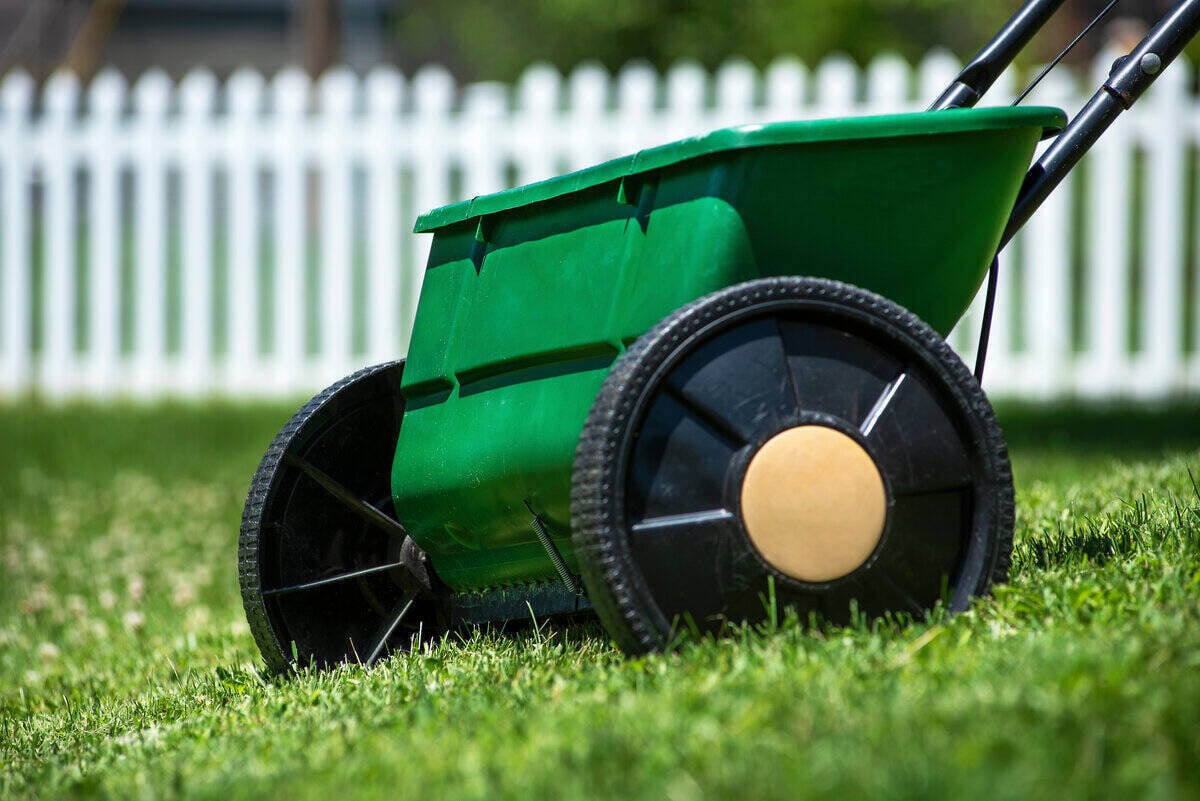
Bare patches are almost inevitable when taking care of your lawn. These bare patches can be caused by extra shade in certain areas, grubs, low soil nutrients, soil compaction, or any number of other sources.
Why you should overseed: These bare patches make it easier for weeds to fill in these areas. We recommend you overseed with fast-growing perennial ryegrass to fill in these patches before weeds have the chance.
Overseeding with perennial ryegrass also can also make your lawn less vulnerable to insects and diseases, as perennial ryegrass resists these pests fairly well compared to other grasses.
Pro Tip: Focus on bare or thinning spots rather than overseeding your entire lawn — fall is the best time for full-lawn overseeding in Western New York.
See Related:
— Clear Signs You Need to Overseed Your Lawn
— When to Overseed in Spring
— How to Overseed a Lawn in 8 Simple Steps
4. Be Strategic About Fertilizing

According to Cornell University, applying fertilizer in early spring doesn’t actually enhance green-up, and can even do more harm than good. That’s because early fertilizing promotes excessive top growth, which comes at the expense of healthy root development.
If you only plan to fertilize once a year, wait until September, when your cool-season grass will benefit most. However, if you’re on a two- or three-time annual fertilization schedule, you can apply fertilizer in late May — but only if you applied fertilizer in the fall.
Also, be sure to pick your fertilizer correctly. New York State law prohibits the use of fertilizers that include phosphorus, so avoid any fertilizers with this nutrient.
See Related:
— How to Fertilize Your Lawn
— Slow-Release vs Quick-Release Fertilizer
— Common Fertilizer Mistakes to Avoid
Give Your Buffalo Lawn a Fresh Start
After a long, snowy winter, your lawn is ready for some attention — and with the right approach, you can help it bounce back beautifully.
Need help preparing your lawn for the months ahead and caring for your grass all through mowing season? Visit our Buffalo lawn care page and hire a local LawnStarter lawn care pro. In addition to Buffalo, LawnStarter provides lawn care services to other New York cities including Rochester, Albany, and Syracuse.
Read More:
— Best Grass Types for Your Lawn in Buffalo
— Planting Zones of New York State
— Most Common Weeds in New York: How to Identify and Control Them
— Best New York Native Plants
— Alternatives to Lawns in New York
Main Image Credit: Photo of a lawn mowed by a LawnStarter Pro in Buffalo, NY
